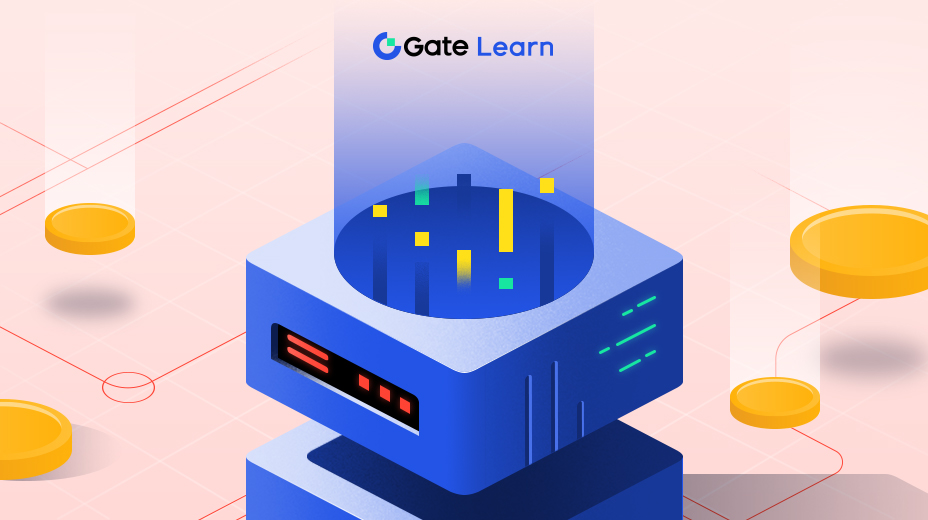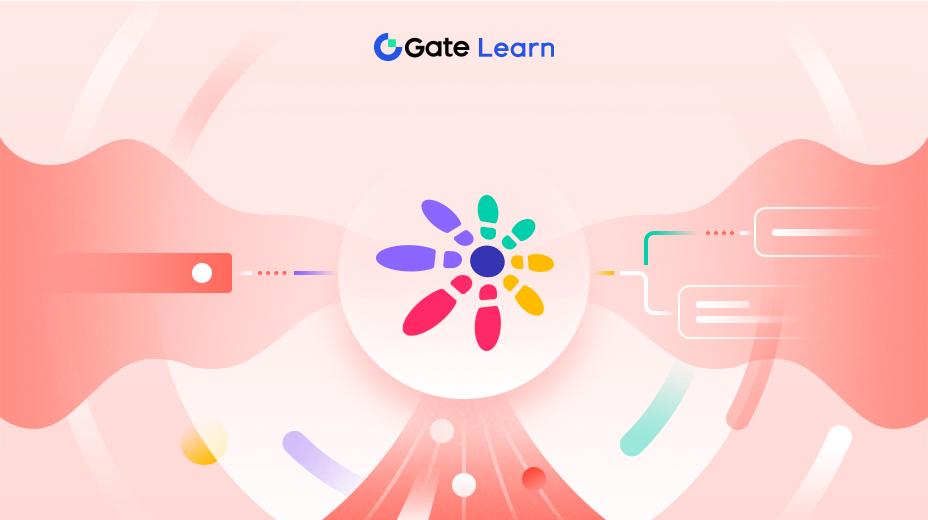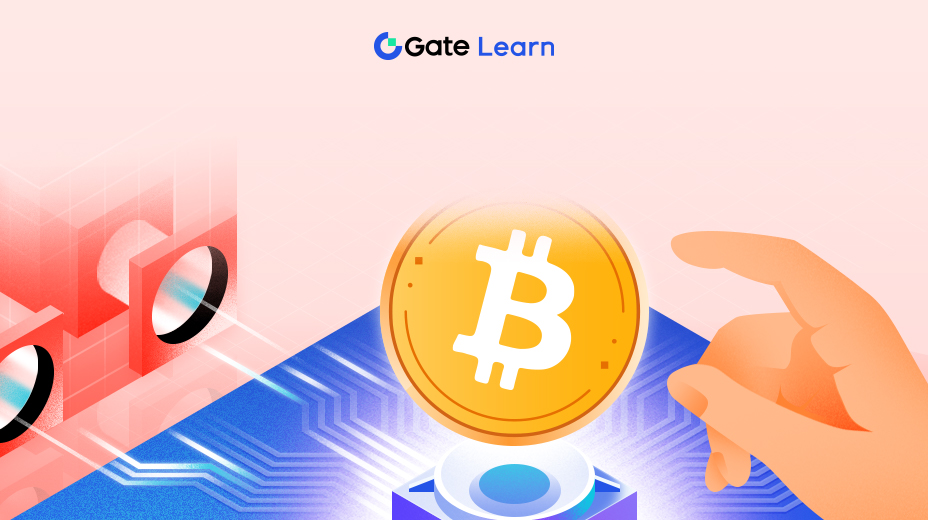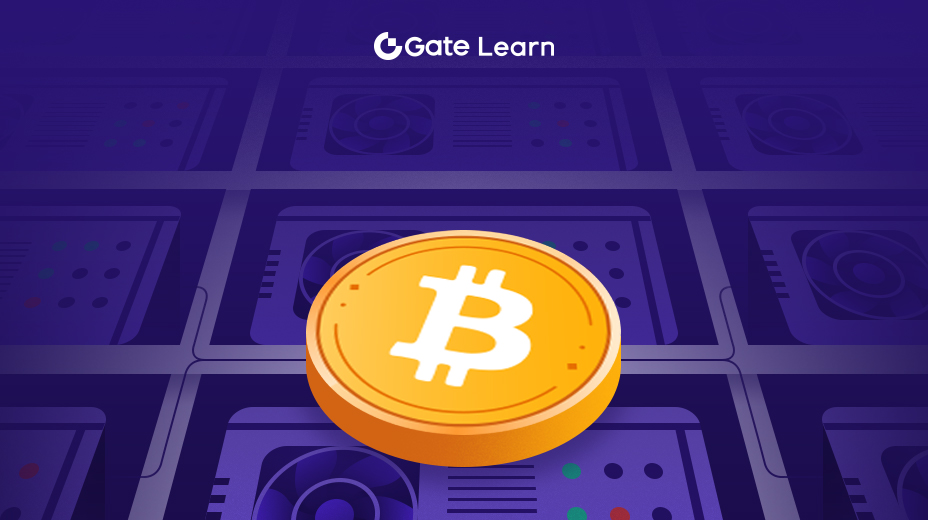Introduction to Real World Crypto Assets
In this module, we will provide an overview of real world crypto assets and their significance in the blockchain ecosystem. We will explore the concept of tokenization and its application in bringing real-world assets on-chain. Key topics covered include the growing issuance of capital market products on-chain, the technology behind real world assets, and the benefits and challenges associated with this emerging field. By the end of this module, you will have a solid understanding of the foundational concepts and the role real world crypto assets play in transforming traditional industries.
Overview of real world crypto assets
Real world crypto assets are a revolutionary concept within the blockchain ecosystem. They represent a bridge between the traditional financial world and the decentralized realm of cryptocurrencies. These assets are tangible assets that exist in the physical world, such as real estate, commodities, or even art, but they are brought on chain through the process of tokenization.
The significance of real world crypto assets lies in their ability to unlock liquidity, increase accessibility, and streamline the transfer of ownership for traditionally illiquid assets. By tokenizing real-world assets, their value can be divided into digital tokens, making them more divisible, tradable, and easily accessible to a wider range of investors.
Tokenization is the process of representing the ownership rights of a real-world asset as digital tokens on a blockchain. It involves converting the rights to an asset, such as equity or ownership shares, into a digital representation that can be stored, transferred, and traded on a decentralized ledger. This process provides transparency, immutability, and enhanced security for asset ownership.
Real world crypto assets also enable fractional ownership, allowing investors to own a fraction of a valuable asset without having to purchase the entire asset. This fractional ownership model provides opportunities for diversification, lower investment thresholds, and increased liquidity in traditionally illiquid markets.
These assets have the potential to revolutionize the way capital market products are issued and traded. With the growing issuance of digital securities on-chain, traditional financial instruments such as stocks, bonds, and derivatives can be tokenized and offered to retail customers in a more efficient and accessible manner. This opens up new avenues for investment and creates a more inclusive financial ecosystem.
However, the adoption and implementation of real world crypto assets are not without challenges. Regulatory frameworks, legal considerations, and the need for interoperability across different blockchain networks are among the key hurdles that need to be addressed. Additionally, ensuring the security of the underlying assets, protecting against fraud, and establishing trust among market participants are crucial factors for the successful integration of real world assets into the blockchain ecosystem.
A historical approach to crypto real Real-world Assets
The concept of tokenizing real-world assets using blockchain technology has its origins in the broader evolution of cryptocurrencies and blockchain. Bitcoin, the first cryptocurrency, was created in 2009 by an anonymous entity known as Satoshi Nakamoto. Bitcoin introduced the concept of a decentralized, trustless, and immutable ledger, known as the blockchain. It was primarily designed as a digital currency to enable peer-to-peer transactions without the need for intermediaries like banks.
As the crypto space matured, developers and innovators began to explore the idea of expanding blockchain’s utility beyond simple transactions. Ethereum, launched in 2015 by Vitalik Buterin, introduced the concept of smart contracts, which are self-executing contracts with the terms of the agreement directly written into code. This innovation opened the door to a wide range of decentralized applications (DApps) and use cases beyond currency, including the tokenization of assets.
The idea of tokenizing real-world assets gained traction in the early 2010s. The logic behind this was to represent tangible assets, such as real estate, art, or commodities, as digital tokens on a blockchain. These tokens could then be bought, sold, and traded as easily as cryptocurrencies like Bitcoin. Tokenization offered several advantages, including fractional ownership, increased liquidity, and reduced barriers to entry for investors.
The first projects in the space primarily focused on tokenizing real estate. One of the pioneering projects was Propy, which aimed to create a blockchain-based real estate marketplace. Another notable project was Harbor, which aimed to tokenize commercial real estate assets.
The popularity of crypto real-world assets grew as more projects emerged, and the technology matured. The use cases expanded beyond real estate to include art, fine wine, collectibles, and even intellectual property. Each asset type brought unique challenges and opportunities, from verifying authenticity to ensuring compliance with local regulations.
Today, real world crypto assets are seen as a bridge between traditional finance and the blockchain world. They offer a glimpse into a future where nearly anything of value can be represented and traded digitally, potentially disrupting industries ranging from finance to supply chain management.
Tokenization and bringing real-world assets on-chain
Tokenization is a process that converts the ownership rights of a real-world asset into digital tokens on a blockchain. It involves representing the value and ownership of an asset as a cryptographic token, which can then be stored, transferred, and traded on a decentralized ledger. Tokenization brings the benefits of blockchain technology, such as transparency, security, and efficiency, to traditional assets that were previously illiquid or had limited accessibility.
The process of tokenization starts by identifying the specific asset to be tokenized, which can range from real estate properties and artwork to commodities and intellectual property. Once the asset is selected, it is divided into digital tokens, each representing a fraction or share of the underlying asset. These tokens can be programmed with specific rules and smart contracts, enabling automated functionalities such as dividend distribution, voting rights, or revenue sharing.
Bringing real-world assets on-chain through tokenization offers several advantages. First, it unlocks liquidity for traditionally illiquid assets. By tokenizing an asset, it becomes divisible into smaller units, allowing investors to own fractional shares. This fractional ownership model enables broader participation, as it lowers the barriers to entry and facilitates the trading of smaller portions of valuable assets.
Tokenization also increases accessibility to previously exclusive investment opportunities. With real-world assets on-chain, investors can easily access and trade assets from around the world, overcoming geographical barriers and reducing the need for intermediaries. This accessibility promotes financial inclusion by democratizing investment and providing opportunities for a wider range of individuals to participate in asset ownership.
It enhances transparency and security. Each token represents a verifiable digital record on the blockchain, capturing information about the asset, its ownership, and transaction history. This transparency reduces the risk of fraud, as the entire transaction history is visible and tamper-proof. Additionally, blockchain technology ensures the security of asset ownership, eliminating the need for physical certificates and central custodians.
Tokenization enables fractionalized ownership of high-value assets, such as real estate properties or rare artwork. This fractional ownership model allows individuals to diversify their investment portfolios by owning shares in multiple assets. It also opens up opportunities for shared ownership, collaborative financing, and crowdfunding initiatives, where multiple investors contribute to a larger asset acquisition.
Benefits and challenges of real world crypto assets
Benefits:
- Increased Liquidity: Real-world crypto assets provide increased liquidity for traditionally illiquid assets such as real estate or fine art. By tokenizing these assets, fractional ownership and trading become easier, enabling investors to buy and sell smaller portions of valuable assets. This liquidity unlocks new opportunities for investors and promotes market efficiency.
- Accessibility: Tokenization enhances accessibility to investment opportunities. It allows investors from around the world to participate in previously exclusive markets, breaking down geographical barriers. Moreover, tokenized assets can be traded 24/7, providing flexibility and convenience to investors.
- Transparency: Real-world crypto assets offer transparency through the use of blockchain technology. All transactions, ownership records, and historical data are recorded on a decentralized ledger, providing a clear and immutable audit trail. This transparency reduces fraud and increases trust among market participants.
- Fractional Ownership: Tokenization enables fractional ownership, allowing individuals to own a fraction or share of an asset. This fractional ownership model lowers the barrier to entry, making high-value assets accessible to a wider range of investors. It also provides opportunities for diversification by owning shares in multiple assets.
- Automation and Efficiency: Smart contracts and programmable tokens facilitate automation and efficiency in real-world crypto asset transactions. Smart contracts can automate processes such as dividend distribution, voting rights, and revenue sharing, reducing the need for intermediaries and streamlining transactions.
- Global Market Reach: Real-world crypto assets have the potential to reach a global market instantly. By leveraging blockchain technology and decentralized platforms, tokenized assets can be easily traded across borders, expanding investment opportunities and increasing market liquidity.
Challenges:
- Regulatory Compliance: The regulatory landscape for real-world crypto assets is still evolving. Different jurisdictions have varying approaches to tokenized assets, and navigating compliance requirements can be challenging. Ensuring compliance with securities laws, anti-money laundering (AML) regulations, and know-your-customer (KYC) procedures is crucial for widespread adoption.
- Interoperability: Achieving interoperability between different blockchain networks and platforms is essential for the seamless transfer and trading of real-world crypto assets. Standardization efforts and the development of cross-chain protocols are necessary to enable smooth interactions between different blockchain ecosystems.
- Security Risks: While blockchain technology provides enhanced security, real-world crypto assets are not immune to risks. Security vulnerabilities, hacking attempts, and scams pose risks to tokenized assets. Robust security measures, audits, and best practices in smart contract development are necessary to mitigate these risks.
- Valuation and Pricing: Determining the fair value and pricing of real-world assets can be challenging in the tokenized space. The lack of historical data, market liquidity, and valuation models specific to tokenized assets make accurate pricing and valuation a complex task.
- Investor Education and Awareness: Real-world crypto assets are still relatively new, and many investors may lack awareness and understanding of this asset class. Educating investors about the benefits, risks, and mechanics of tokenized assets is crucial for their successful adoption.
- Scalability: As the demand for real-world crypto assets grows, scalability becomes a significant challenge. Blockchain networks need to handle a large volume of transactions and maintain high throughput to support the trading and transfer of tokenized assets on a global scale.
Highlights
- Real world crypto assets bring tangible assets from the physical world onto the blockchain through tokenization.
- Tokenization converts ownership rights of real-world assets into digital tokens, enabling increased liquidity and accessibility.
- Tokenization offers benefits such as fractional ownership, transparency, and automation through smart contracts.
- Real world crypto assets bridge the gap between traditional finance and cryptocurrencies, offering new investment opportunities.
- Challenges include regulatory compliance, interoperability, security risks, valuation complexities, investor education, and scalability.
- Real world crypto assets have the potential to reshape industries and create a more inclusive and efficient global financial system.





